In the last blog I explained some scientific terms which you will find throughout my blogs. This time I explain a little more why I want to start a blog all about Ethnobotany and our native plants..
The more I work with all kinds of plants, in my daily life and work, the more I appreciate them, and this even includes ‘WEEDS’, or our native plants as I prefer to call them; or even wild flowers as many are pretty as well as useful…. Or ‘PRETTY USEFUL’!!
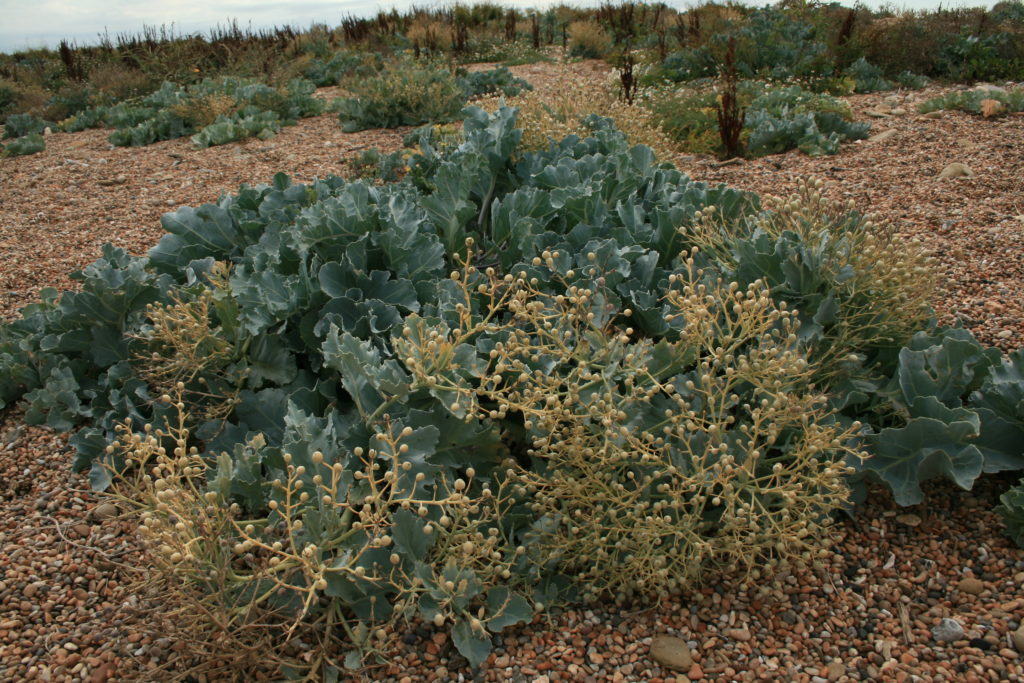
A plant in the right habitat looks good and often has a purpose to fulfil either to provide:
- shelter or food for creatures such as our bees, birds and even slugs
- to improve or stabilize the soil and
- to make it better for themselves or follow-up plants in succession.
Plants are interesting when you start learning about them, and it is good seeing them close-up with a lens in their tiniest details and how they are beautifully and skilfully designed.
Jardin Etnobotanico de Oaxaca
Ever since I helped out in 2008 at the ‘Jardin Etnobotanico de Oaxaca’, situated in Southern Mexico, I’ve had a desire to create something similar back here in England. It is more obvious to have such a garden in a country or even just a region when the biodiversity of plants and creatures is enormous!
There is also a great tradition in Mexico of using their plants for all sorts of things.

Entrance to the Gardens in Oaxaca 
Plan of the different uses of plants in the gardens 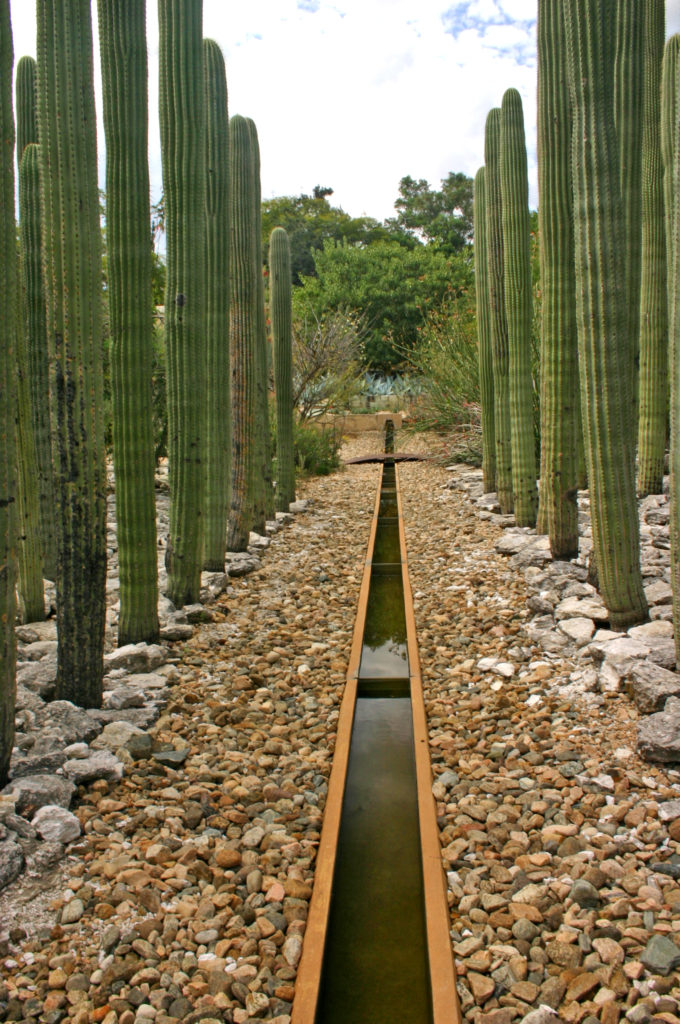
The garden is also very aesthetically pleasing!
All we seem to have here in the Western World are ‘Physic Gardens’ and occasionally some Botanical Gardens have small areas devoted to various native plants for use to Mankind.
But I did come across an Ethnobotanical Garden at the University of Kent: and they even do an MSc in Ethnobotany. It has useful plants from all over the world and not just from England or British Isles though!
So maybe it’s not so interesting to start such a garden here with ‘only’ just our native plants?
In the Ethnobotanical gardens of Oaxaxa they celebrate their plants by giving guided tours to explain about their use as food, medicine or building materials as well as more pleasurable uses such as in art, dyes, teas, etc.
The director does not like having labels and interpretation boards messing up his garden as it is not only an educational but also a beautifully designed, ornamental garden.

Some of the Common, native crops 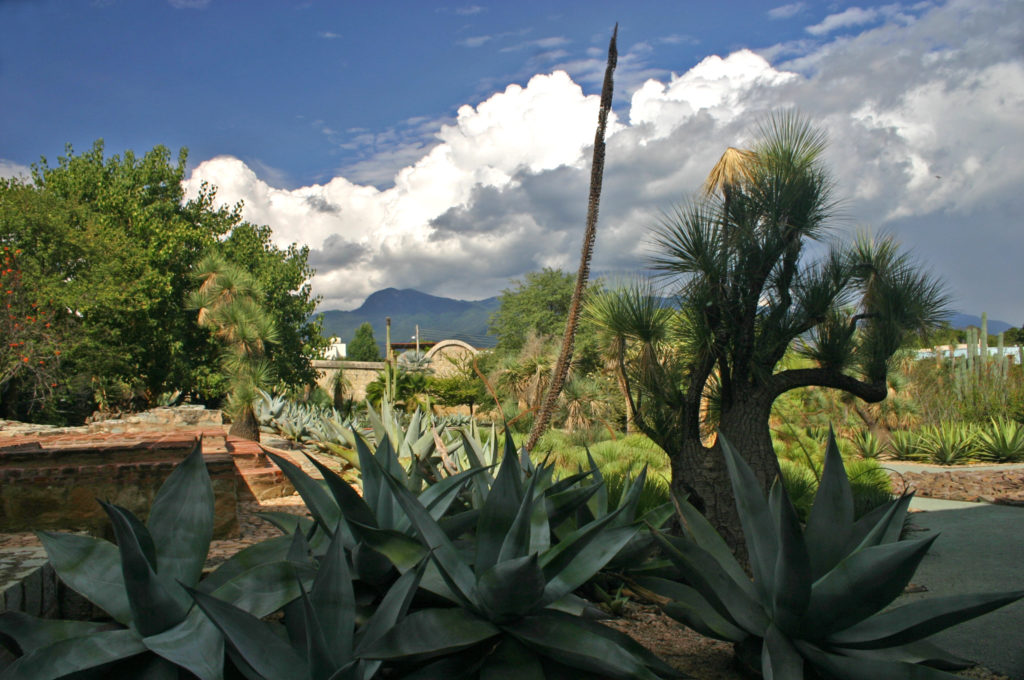
Agaves, a native crop used to produce tequila..
Here, in the U.K. the knowledge of our plants is limited in books and the knowledge of a few ‘crazy’/eccentric people.
There is a desire to be more close to nature but at the same time our busy, material lives don’t allow us to. We do like to buy ‘British’ and even local produce though!
The concept of Heemtuin or Wildlife Gardens
But, how do we encourage people to love our natives as well as learn about them?
Our wild plants grow in many habitats and it is possible to condense this into a small area as how it has been done for many decades in the Netherlands, where there are ‘heemtuinen’ (= literally translated as native ‘marsh’ gardens); these are typical of wet, low lying areas of Holland.
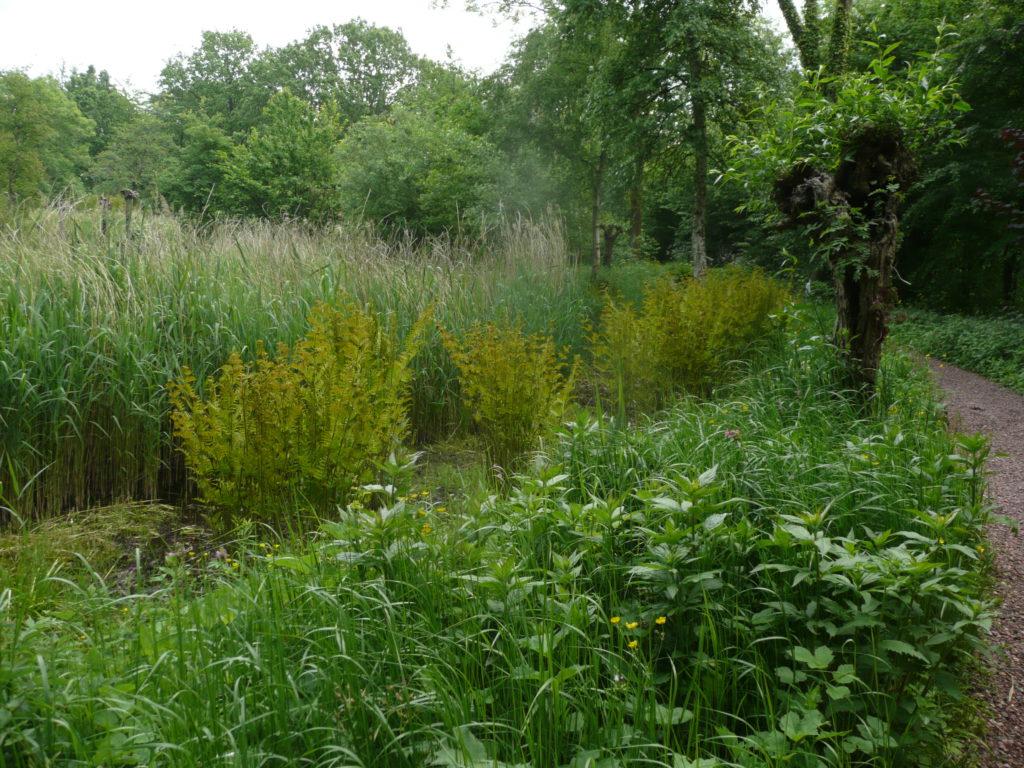
Example of a typical plant community 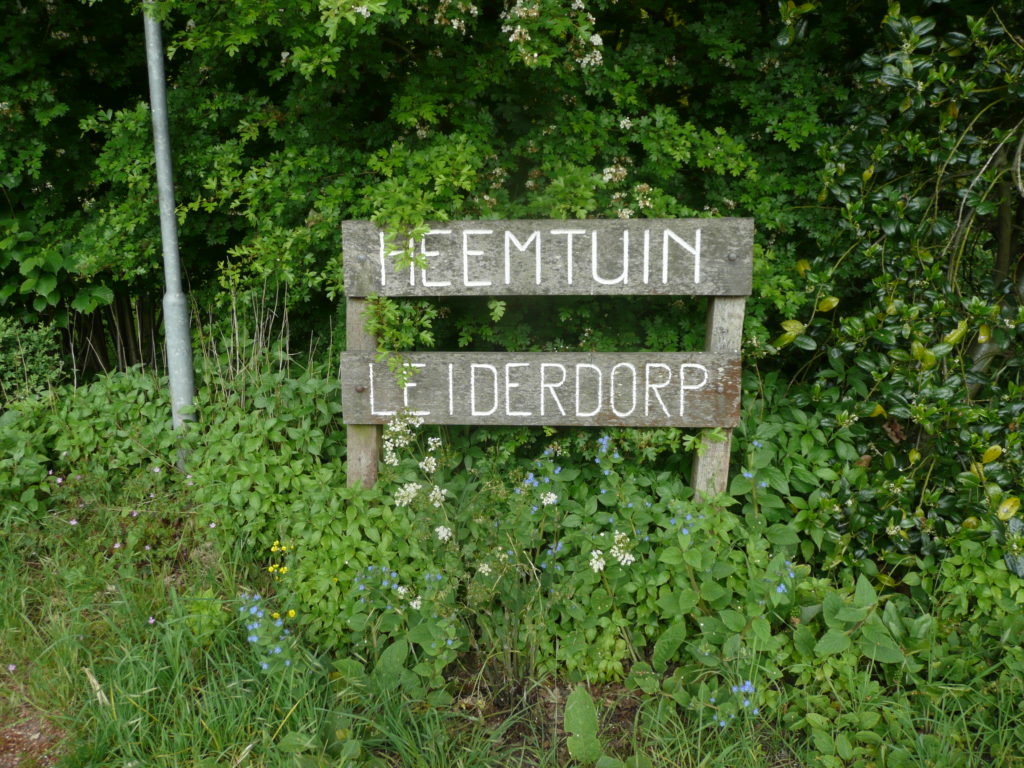
here in ‘Heemtuin at Leiderdorp’ in the Netherlands
See for more info here or translated in brief:
A ‘heemtuin’ or ‘Heempark’ is an artificial, often fenced off landscape element, aimed at the indigenous, wild flora and fauna. The concept was introduced by Jac. Thijsse (1865-1945). https://en.wikipedia.org/wiki/Jac._P._Thijsse
The original idea of Thysse was that of an educational park close to the people. The emphasis was not on knowledge of individual plants but on the understanding of communities. Thijsse received for his 60th birthday, in 1925, a little area called Thijsse’s Court in Bloemendaal. He founded this together with Leonard Springer and landscaped this with diverse plant communities from Kennemerland.
He also created the Thyse Hof and the similar Thijssepark in Amstelveen.
Here in the western world we are losing natural habitats all the time because of pressure for people to live and work and also because of ignorance about the value of plants in the first place!
I therefore feel there should be some sort of renaissance for the native plants, if not for real somewhere, then maybe in the form of this blog; informing people about some of the uses many of our plants have had in the past.
There is a lot written already about their uses so why bother writing another blog about them?
My reason is that I think it will be useful to have all the information together for all their different uses, as most of the books are based on their singular uses such as either for medicines or food or are just covered botanically in a Flora.
It is important to appreciate our most common of plants, so I would like to ‘show them off’ all in one blog, or eventually it would be good to ‘display’ them in a real garden or even a ‘Heemtuin style’ garden in each County, where their stories can be told over and over again to all generations of people!
Dream on…………….??
